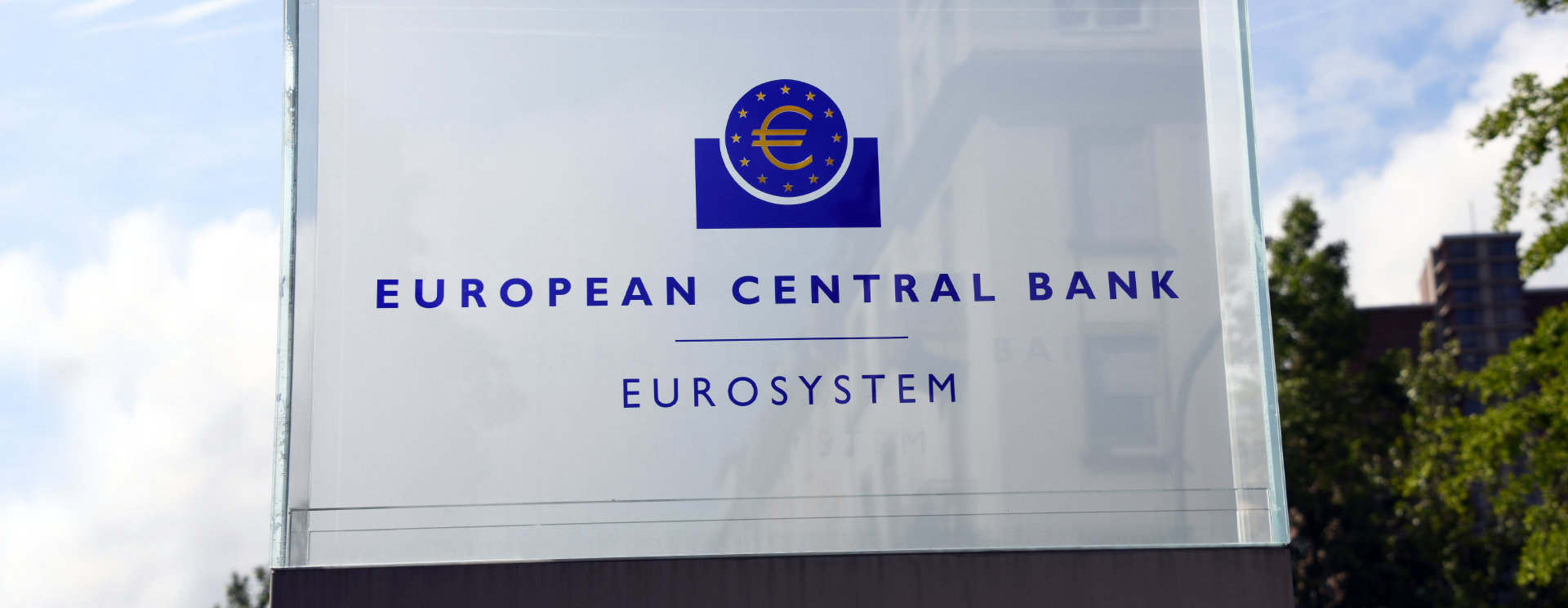Following a relatively uneventful week in terms of economic data and financial news, the leading U.S. equity indices recorded robust gains. Energy stocks were buoyed by the upsurge in oil prices, with Brent Crude oil rising by over 7% to reach the $79 per barrel mark. This week marked the end of the first quarter of 2023, during which the tech-heavy Nasdaq Composite surged by over 16%, while the broader S&P 500 index recorded a gain of approximately 7%. The narrowly focused large-cap Dow Jones Industrial Average also posted a modest increase for the quarter.
The U.S. core (excluding food and energy) personal consumption expenditure price index for February exceeded expectations, coming in at 4.6% compared to the consensus forecast of 4.7%. The market responded positively to this news. The core PCE index is considered the Federal Reserve’s preferred measure of inflation, and while this is a promising development, the figure still exceeds the Fed’s long-term inflation target of 2%. In addition, The Commerce Department released revised 4th quarter GDP estimates, which were slightly lower at 2.6% quarter-over-quarter.
In U.S. political news, former President Donald Trump has been indicted by a Manhattan grand jury on Thursday in a probe regarding hush money payments made to Stormy Daniels during his 2016 campaign. The indictment is a historic event in American law and politics, Trump becomes the first ex-US president to face criminal charges. This event is certain to divide an already polarised society and electorate.
In February, the inflation data for the U.K. saw an unexpected rise, primarily due to an increase in food and beverage prices, following four consecutive monthly decreases. This indicates that the cost-of-living crisis is far from over, with prices in stores reaching an all-time high. On the other hand, revised official data showed that the U.K. was able to steer clear of a recession last year, thanks to government subsidies on energy bills. In the fourth quarter, the GDP saw a sequential growth of 0.1%, contrary to initial estimates of no growth. Meanwhile, the U.K. housing market continues to be weak, with house prices falling at the fastest annual rate since the GFC, according to mortgage lender Nationwide. Furthermore, Bank of England (BoE) data indicated a sharp decline in net mortgage lending in February.
In the Eurozone, shares rallied, for the back of easing concerns about financial instability. Major stock indexes across the region witnessed strong gains, with France’s CAC 40 index increasing by 4.38%, Germany’s DAX adding 4.49%, Italy’s FTSE MIB surging by 4.72%, and the Swiss Market Index (SMI) also gaining strongly by 4.41%. Preliminary estimates indicate that Eurozone inflation slowed more than anticipated, with annual consumer price growth dropping to 6.9% in March from 8.5% in February, as energy costs declined. Additionally, the unemployment rate for February remained stable at 6.6%.
Russian President Vladimir Putin has once again issued a warning regarding the possibility of deploying tactical nuclear weapons to Belarus, with the intent of placing them in closer proximity to the frontlines of the ongoing conflict in Ukraine. Belarus, in turn, has expressed its willingness to permit the hosting of such weapons on its territory, citing the need to bolster its defence capabilities in response to what it perceives as security threats posed by Western nations. The Ministry of Foreign Affairs of Belarus has reiterated this stance. Furthermore, President Putin has signed a decree on Thursday calling for the conscription of an additional 147,000 personnel between the months of April and July.
Chinese equities saw an uptick, fuelled by robust economic data and supportive remarks from Beijing, which have bolstered confidence in the country’s growth prospects. The International Monetary Fund (IMF) has projected that China’s recovery will contribute to around one-third of global growth in 2023, given the increased risks to economic stability following the banking sector’s recent turmoil. The IMF further predicts that China’s economy will expand by 5.2% this year, whereas global growth will slow to below 3.0%. The country’s manufacturing sector demonstrated continued expansion in March, with the official Purchasing Managers’ Index (PMI) climbing to 57 from 56.4 in February.
In other developments, Chinese e-commerce behemoth Alibaba Group has announced its intentions to divide itself into six units that can independently raise capital or pursue initial public offerings. Many market analysts believe that this restructuring may appease regulators and could mark the end of China’s long-standing crackdown on private enterprises.
US stocks ended the week higher, with the S&P 500 gaining 3.48%, the Dow Jones Industrial Average up 3.22%, and the Nasdaq Composite rising 3.37%. The Euro Stoxx 50, 4.46% and FTSE 100, 3.06% also closed the week in the green. The positive trend extended to Asian equity markets all closing the week higher, Japan’s Nikkei 225 index gaining 2.40%, and Hong Kong’s Hang Seng index rose 2.36%. While China’s Shanghai Composite index posted a modest gain of 0.22% for the week.
Market Moves of the Week:
On Thursday afternoon the SARB hiked its policy rate by 50bp from 7.25% to 7.75%. The vote was split 3-2 among MPC members, two of which voted in favour of a 25bp increase. The announcement came as a hawkish surprise to market participants, unanimous market consensus was for a 25bp rate hike. On the back of this announcement, the MPC lowered its 2023 growth forecast marginally from +0.3% to +0.2% but raised its 2024 forecast from +0.7% to +1.0%. The surprise hike was ZAR positive and resulted in ZAR/$ trading below R18/$ by the end of the day.
The global risk on environment filtered through to the local market, JSE ALSI posting decent gains for the week, positive contributions for all the sectors, most notably Resources up 3.02% on the back of a stronger China growth outlook. The index closed the week up 1.88%. The rand strengthened materially this week, trading at R17.78/$ by Friday close, appreciating 2.10% against the dollar. Financials gained 2.09% as well as Industrials up 1.31%. The SA listed property sector also posted positive returns for the week 0.89%, closing out robust sector performance for the week.


Chart of the Week:
In light of the recent uncertainty in the banking sector due to the collapse of SVB, American investors are exploring alternative options to bank deposits. As a result, money market funds have emerged as a popular choice, garnering a remarkable $286 billion in inflows in March. This represents the highest allocation to money market funds since April 2020.
Source: FT & EPFR Global.







